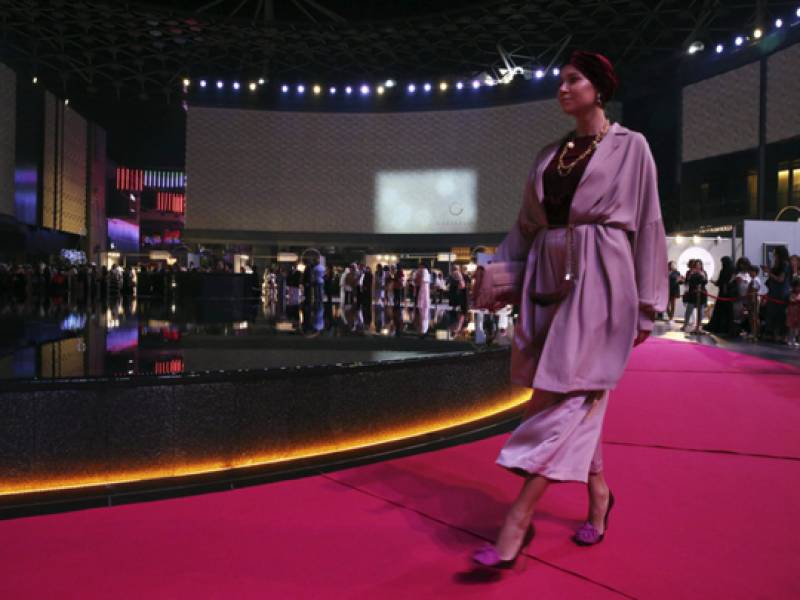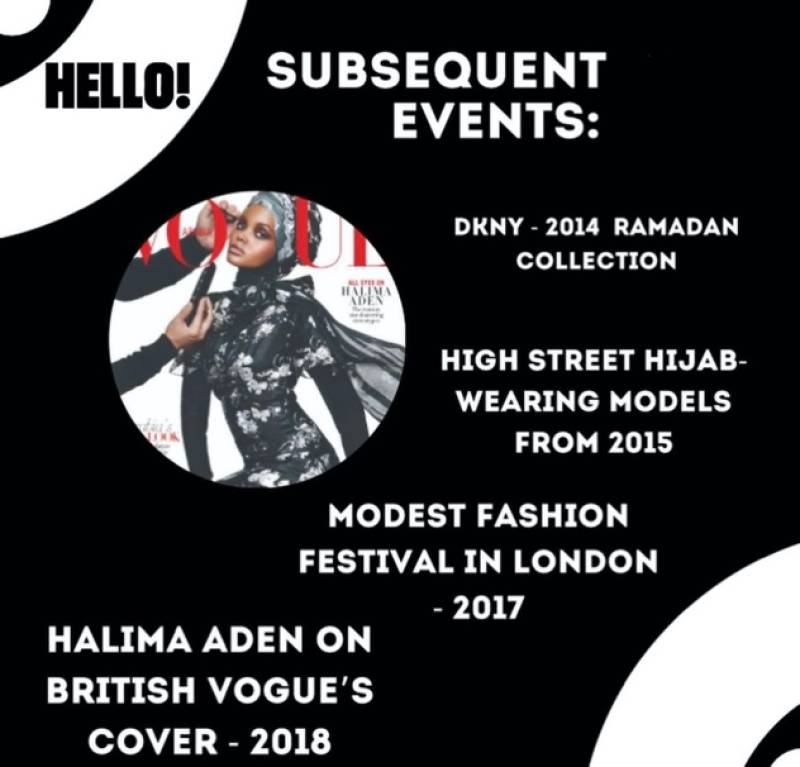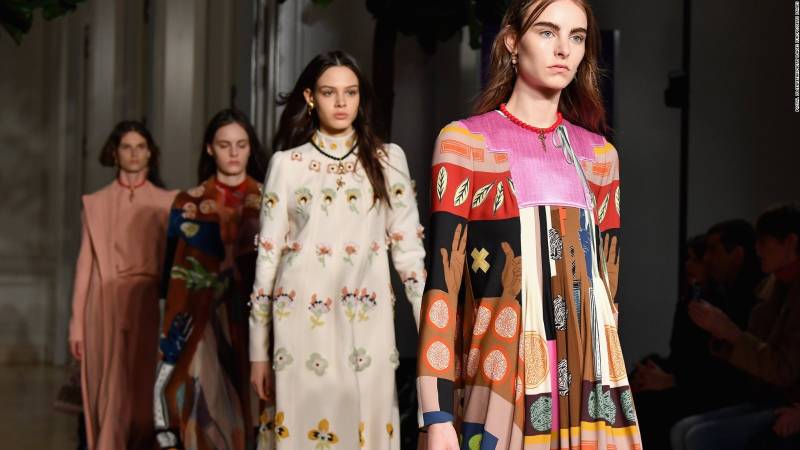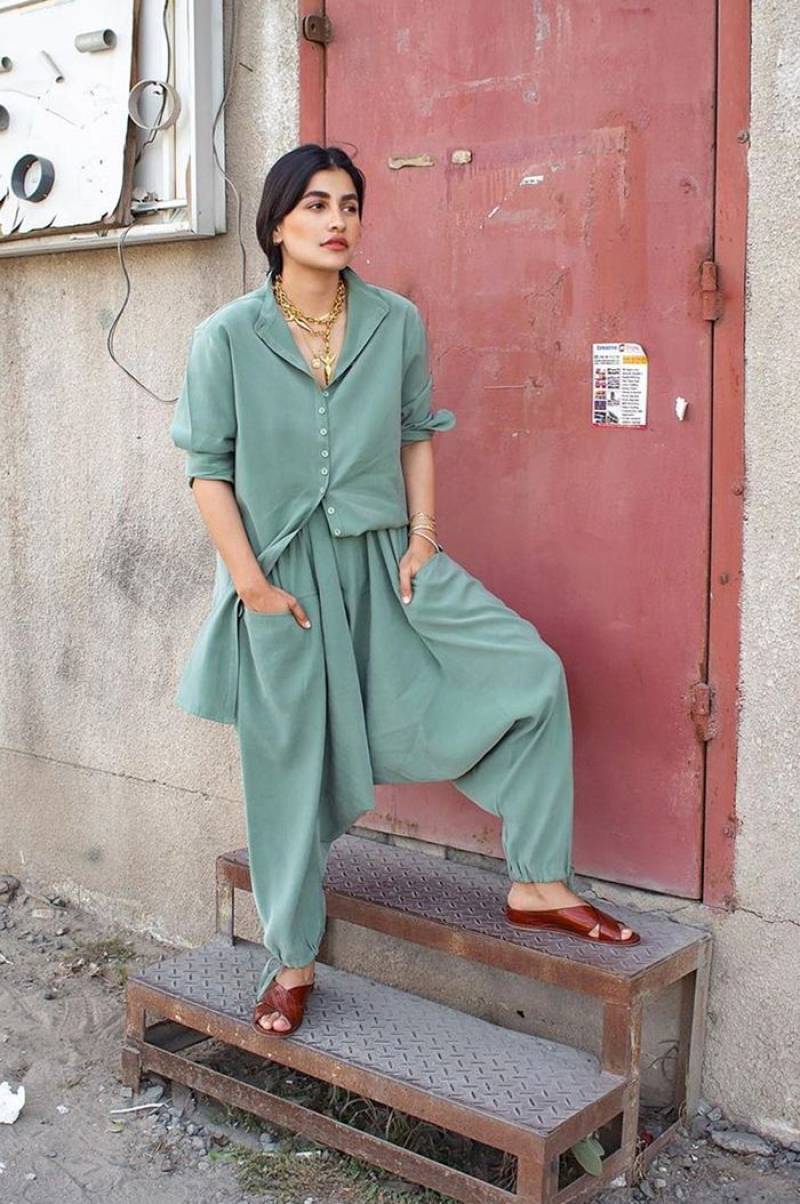THE RISE OF MODEST FASHION

There is a rarity in seeing the rise of a runway trend happen for the very first time – and modest fashion is doing just this. Since the start of 2019, online interest in modest fashion has increased by 500%, with the industry estimated to be worth more than £200 billion. Prior to modest fashion storming runways, there was a struggle for Muslim women (in the West particularly) to meet a sophistication of modesty that hadn’t been created before – as modest fashion is relative.
Many women desired garments that complimented their figures whilst remaining entirely covered, with an element of comfortability and style. For large companies and designers, jumping on the bandwagon of modest fashion creativity is mostly no more than a matter of financial gain, another ‘seasonal phase’. However, many of them are coming up to speed with the epic proportion of popularity that this style holds – on social media and on streets around the globe.
Subsequent events that have followed the exasperated popularity of modest fashion:

In addition, we underestimate the ways in which South Asia as a central confluence of modest fashion has impacted these runway looks, as well as casual pairings of everyday life. Pakistan in the past decade has been fundamental to the breaking of ideas that modest fashion is limited in style or colour; a notion that is generally adopted for suitability in modest clothing.

Instead of greys, blacks and pastel colours, Pakistan has always uniquely played a large role in the rising market of this massive trend – particularly when we consider our current population of over 216 million. Although there is hesitancy for companies to invest due to limiting factors of political portrayal and cultural disillusionment, Pakistan’s economic and social growth is of immediate and worthy attention.
“International luxury brands are reluctant to invest in Pakistan, partly because of our image problem and partly due to the lack of data to base prediction and returns on investment.” (Arora 2011)

But now, number of designers from around the globe are realising the widening investment opportunities; sending shoe and clothing prototypes to Pakistan for manufacturing; whilst they gain inspiration for design from their monthly visits. There is a luxury fashion market that exists in Pakistan – but in many cases it is focused on bridal and formal wear. In the next coming decades, companies that accommodate this rise of casual, stylish and modest looks will be pioneers in a revolutionary moment of fashion development in Pakistan. It’s become clear that it’s something Muslim women have taken the lead in popularising – but it’s something everyone wants to wear.
